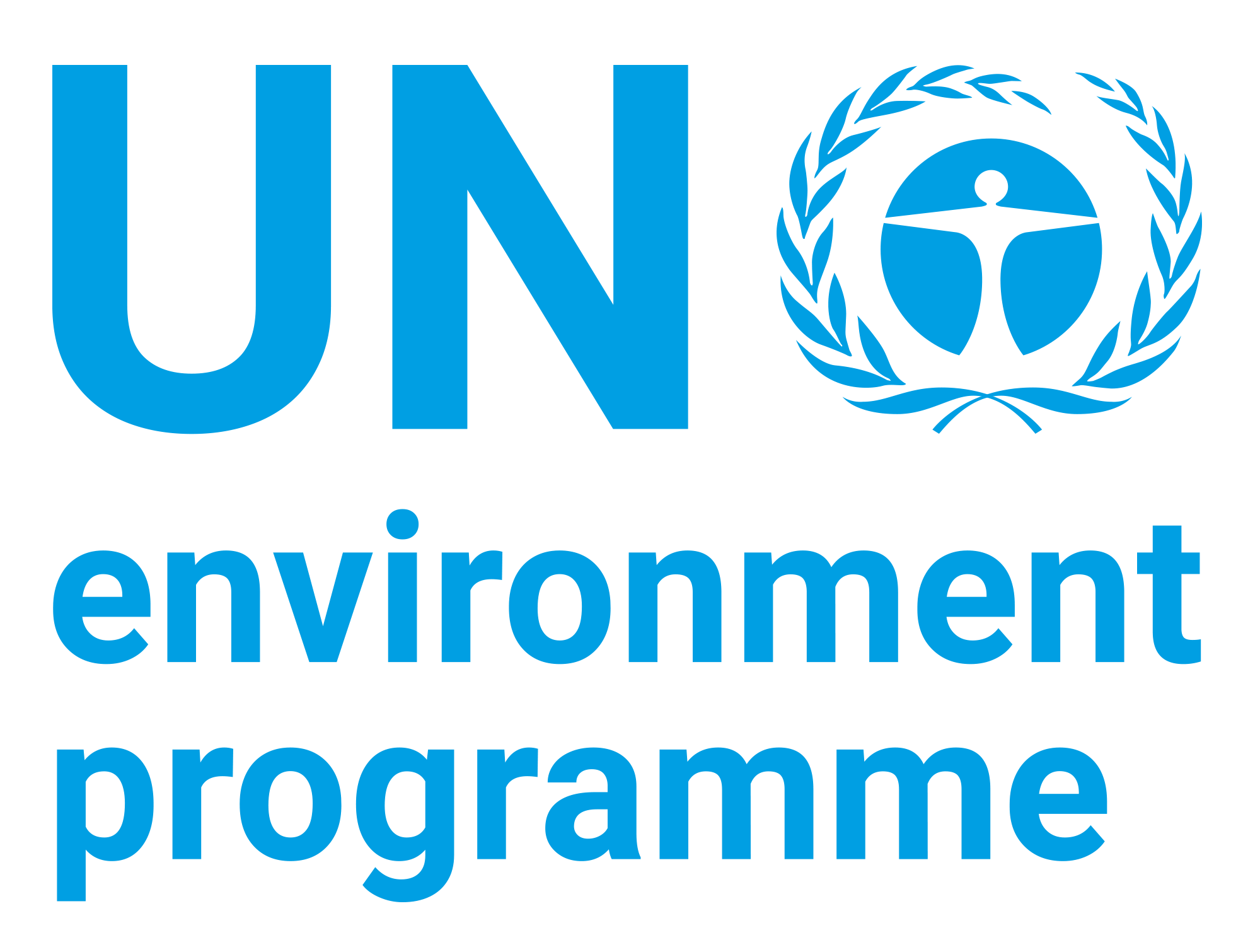| dc.contributor | Industry and Economy Division | en_US |
| dc.contributor.author | United Nations Environment Programme | |
| dc.contributor.other | Global Mercury Partnership | |
| dc.date.accessioned | 2016-12-14T05:37:54Z | |
| dc.date.available | 2016-12-14T05:37:54Z | |
| dc.date.issued | 2009-07 | |
| dc.identifier.uri | https://wedocs.unep.org/20.500.11822/12993 | |
| dc.description | Mercury is highly toxic, especially to the developing nervous system. Some populations are especially susceptible, most notably the fetus and young children. Yet, mercury continues to be used in many products and processes all over the world, including in small-scale gold mining; manometers and thermometers; electrical switches; fluorescent lamps; dental amalgams, batteries and VCM (vinyl-chloride-monomer) production and some pharmaceuticals. The most significant mercury releases to the environment are emissions to air, but mercury is also released from sources directly to water and land. Important emissions sources include coal-fired power generation, waste incineration, cement, steel and chlor-alkali production, gold and other metals mining, cremation, landfills and other sources such as secondary smelting operations and industrial inorganic chemical production. | |
| dc.description.uri | http://www.unep.org/chemicalsandwaste/Portals/9/Mercury/Waste%20management/docs/Pakistan%20Natl%20workshop%20on%20mercury%20waste-Report.pdf | |
| dc.format | Text | |
| dc.language | English | |
| dc.rights | Public | |
| dc.subject | mercury | en_US |
| dc.title | Report of Inception Workshop of National Stakeholders on “Management of Mercury and Mercury Containing Waste in Pakistan” | |
| dc.type | Meeting Reports and Proceedings | en_US |
| wd.meeting.name | Inception Workshop for the Project "Management of Mercury and Mercury-Containing Waste" - Pakistan | |
| wd.meeting.startdate | 30/07/2009 | |
| wd.identifier.sdg | SDG 3 - Good Health and Well-being | en_US |
| wd.identifier.pagesnumber | 11 p. | en_US |


